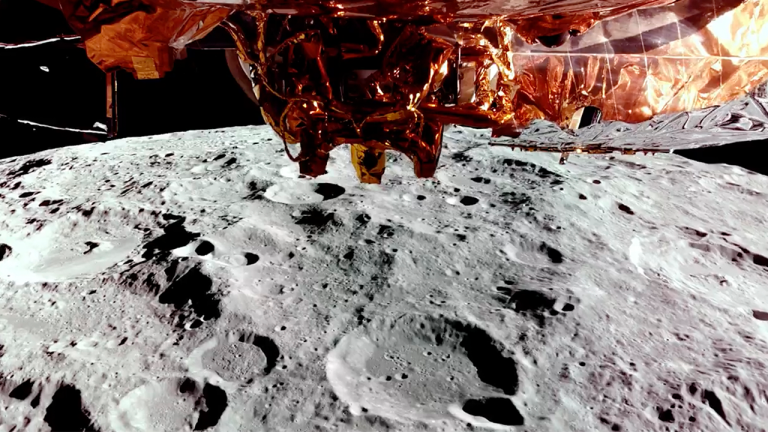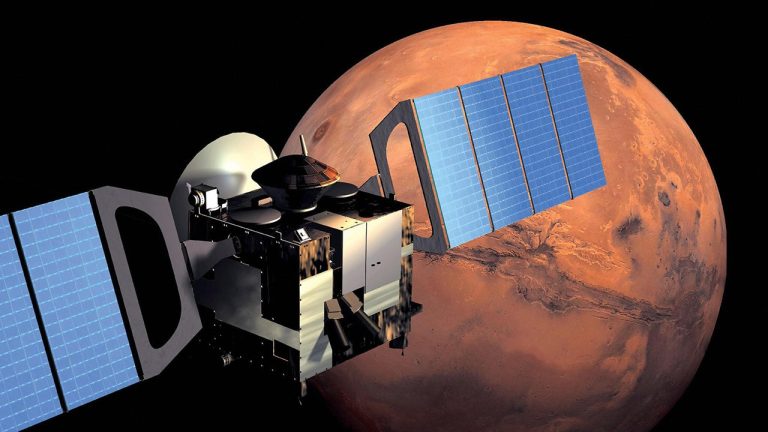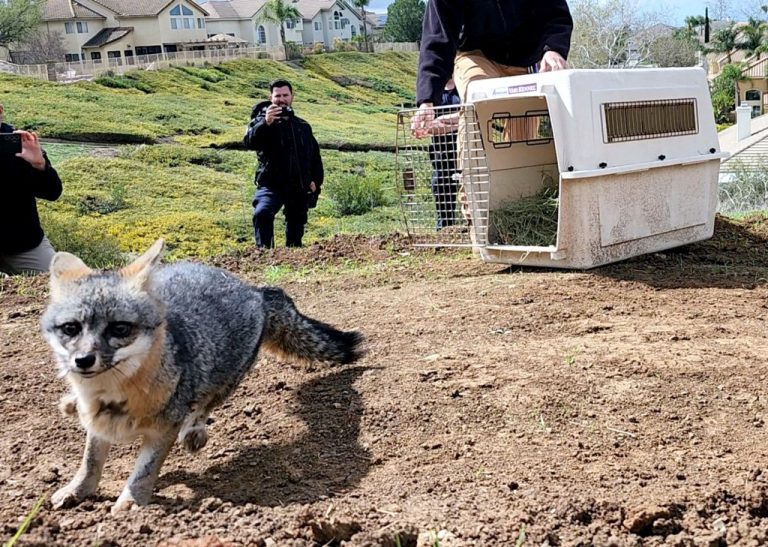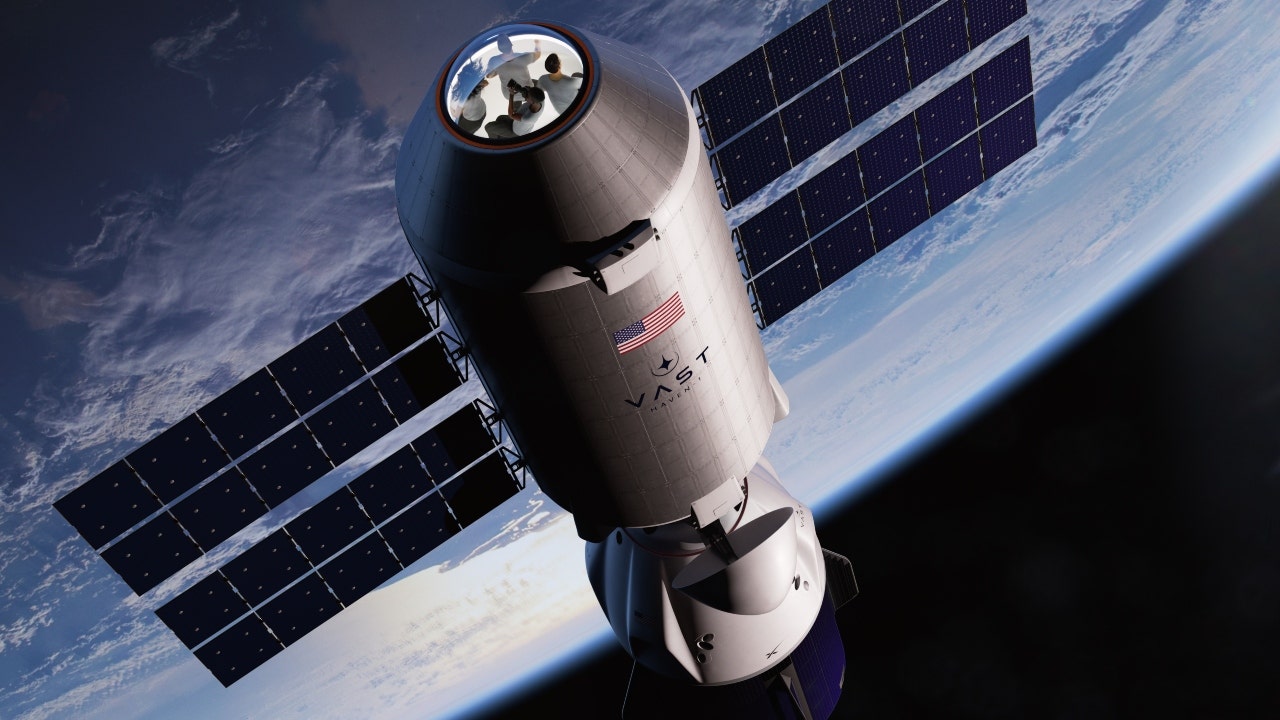
A southern California aerospace startup announced plans this week to launch the world’s first commercial space station.
Vast Space LLC said Haven-1 will initially act as an independent crewed space station prior to being connected as a module to a larger Vast space station in development.
It is scheduled to launch on a SpaceX Falcon 9 rocket to low-Earth orbit no sooner than August 2025.
The mission would be followed by Vast-1, the first human spaceflight mission to Haven-1 on a SpaceX Dragon spacecraft. That flight would include four crew members who would dock with the station for as many as 30 days while orbiting the Earth.
AEROSPACE CORP. CEO PREDICTS SWARM OF AI-CONTROLLED ‘HYPER-INTELLIGENCE SATELLITES’: ‘ALMOST LIKE HAL 9000’
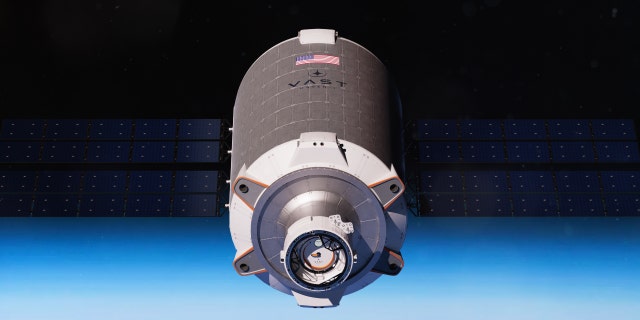
Vast’s Haven-1 space station (Vast Space LLC)
Vast has also secured an option with SpaceX for an additional human spaceflight mission to Haven-1.
The space station will feature onboard Wi-Fi, 1,000 watts of power and 24/7 communications, a large window dome for viewing and photography and the ability to have up to 150 kilograms of preloaded cargo.
Speaking with Fox News Digital Thursday, Vast CEO Jed McCaleb explained that the name Haven-1 is what the company ultimately wants to build — a safe haven for humans in space.
“You know, this is Haven-1. We hope to have multiple that will eventually connect to a much larger station where people can live for years,” he noted.
A roadmap on Vast’s website highlights the need for artificial gravity habitats for humans to expand into the solar system and beyond.
“And that involves artificial gravity development and a much larger spinning space station, but we also recognize that we need a first step,” President Max Haot, the founder and CEO of Launcher before Vast acquired it this year, said.
Although the company is young, Wednesday’s announcement has been a long time coming, and McCaleb stressed the importance of Vast’s partnership with SpaceX.
“Because we’re working very closely with the SpaceX team, we’re able to build Haven exactly to fit in with what Dragon can do,” he said, noting that both companies can leverage each other’s capabilities.
The 14-ton space station is the first step, but Haot said it is also designed to make sure that it happens very quickly “so that there is a company that creates the world’s first commercial space station.”
ON THIS DAY IN HISTORY, APRIL 25, 1990, HUBBLE SPACE TELESCOPE PLACED IN ORBIT BY SPACE SHUTTLE DISCOVERY
The leaders are driving for the “minimum viable product for a space station,” keeping things as “simple as possible” in support of hitting that timeline.
Haot pointed out that, with the International Space Station, Dragon is more of a lifeboat.
“And, in our case, so that we can get it done quicker, SpaceX and us are sort of dividing and conquering the life support system,” he said, with Haven-1 an extension to Dragon.
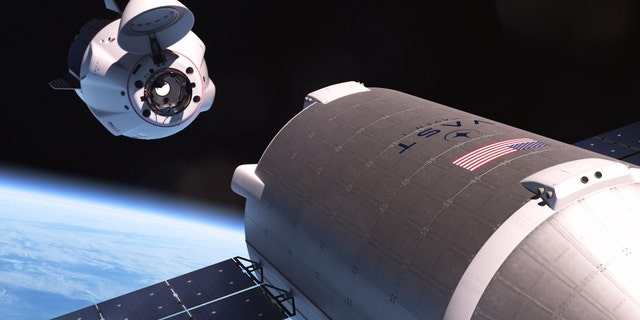
Dragon approaching Vast’s Haven-1 space station (Vast Space LLC)
So, how much will a seat on Vast-1 cost? While the pair did not disclose the price tag, the mission is available either per seat or as a four-person crew mission. Haot said he believed Vast’s pricing plan would be “reasonable.”
Expected customers include domestic and international space agencies and private individuals involved in science and philanthropic projects.
Notably, Haven-1 is launching to a higher altitude than the International Space Station with the ability to avoid collisions. It’s also being launched a month or two before people would be sent up.
“So, if something goes wrong, it’s very easy for them to just quickly get into Dragon and then exit the station,” McCaleb told Fox News Digital.
Based in Long Beach, Vast has a 115,000 square-foot facility for construction of the module and a team of 140 members. Assembly begins no earlier than August of next year, according to Haot.
The ultimate goal is to develop a 100-meter multi-module spinning artificial gravity space station launched by SpaceX’s Starship rocket.
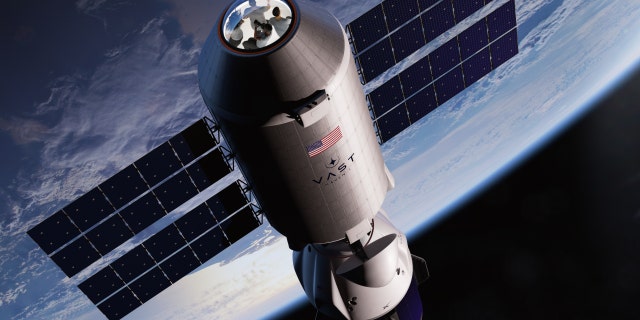
Vast’s Haven-1 space station and Dragon over the Earth. (Vast Space LLC)
SpaceX is also providing crew training on Falcon 9 and the Dragon spacecraft, emergency preparedness, spacesuit and spacecraft ingress and egress exercises and partial and full mission simulations.
NASA is the startup’s target customer, and Vast is posturing to be part of the ecosystem that replaces the ISS.
CLICK HERE TO GET THE FOX NEWS APP
Haot acknowledged that human spaceflight is “high risk.” A wrench in these plans could include a delayed timeline, a module sent into space and unable to be used or anything related to the safety of the crew.
“Obviously SpaceX [would not] … dock to it unless the data we give them and the control is all adequate,” Haot concluded.
“We’ll mitigate it with the best practice and also a lot of the experience that SpaceX has built on this.”

